Factors Affecting on Wood Pellet Durability
Forces that cause pellet damage during handling, transportation and storage may be divided into three general classes: compression, impact, and shear. Compression forces result in a crushing action; impact forces result in shattering both on the surface of the pellet and along any natural cleavage planes of the pellet; and shearing forces result in abrasion of pellet edges and surfaces.
Therefore, testing the densified products to estimate the amount of damage or fines that could be observed at the point of utilization in terms of durability would help optimize the feed material, pre-conditioning processes, and densification equipment to produce high quality densified products.
Amounts of factors significantly impact the durability of fuel pellets. Durability pertains to the friability, or abrasive resistance of a pellet. The parameters considered are: additives, moisture content (MC), particle size, steam conditioning, chemical composition of the feedstock, and process variables. Process variables include die dimensions, die speed, and gap between the roller and die.
Amounts of factors significantly impact the durability of fuel pellets.
Binders
Binders are added to improve the durability of the feedstock. Selection of binders mainly depends on cost and environmental friendliness of them. Common binders include calcium lignosulfonate, colloids, bentonite, starches, proteins and calcium hydroxide. Additives ( range from 0.5 to 5% by weight) are added to minimize the pellet quality variations, and to make durability values of pellets match with quality standards and marketing requirements.
Feed Moisture Content
MC is expressed as a percentage of the original sample mass, and it has a strong influence on pellet durability and bulk density. Water acts as both a binding agent and a lubricant. It is necessary in the pelleting process for the development of inter-molecular forces. However, too great a moisture content adversely affects pellet quality. Researchers found that increasing the moisture content from 10 to 15% increased durability from 62 to 84%. Several studies showed that durability of wood pellets increased with increasing moisture content until an optimum is reached. It is concluded that good quality wood logs can be produced with initial moisture content of 6 to 12%, however, the optimum moisture content is around 8%. According to other researchers, production of high quality pellets is possible only if the moisture content of the feed is between 8 and 12%, and an MC outside this range leads to lower quality pellets.
Particle Size
Particle size is also one of the most essential elements affecting wood pellet quality. Finer particle sizes, greater strength and durability. Several researchers observed that optimal pellet quality is achieved with a mixture of particle sizes due to increased inter-particle bonding and the elimination of inner-particle spaces.
Hammer milling is the most common form of particle size reduction for biomass feedstocks entering the pelleting process. It is reported that corn ground using 3.18mm, 6.35mm, and 9.53mm hammer mill screen sizes produced pellet durability of 91.0, 91.3 and 92.5%, respectively, for a broiler diet.
Preheating and Steam conditioning
It is essential to provide heat to activate inherent binders in the feedstock. Elevated temperatures promote plastic deformation of thermo-plastic particles allowing miscible constituents to flow together, which is the key to make permanent bonding, and to increase the inter-particle contact area and decrease the inter-particle distance. Additionally, activation of inherent binders promotes the formation of solid bridges, a primary mechanism of agglomeration of particle.
Forming Pressure
Under high pressure, the natural binding components such as lignin, and pectin in the biomass materials are squeezed out of the particles, which contribute to inter-particle bonding. In a pellet mill, pressures of 100 to 150 MPa are expected. It is studied that the densification behaviors of oak sawdust, pine sawdust, and cottonwood mulch in the pressure range of 34 to 138 MPa: with pressure increasing, the abrasive resistance, impact resistance and compressive resistance of logs made from these biomass materials.
Particle Characteristics
Particle density, shape, strength and surface characteristics are important in determining the load-response of a system. The effect of particle shape and surface roughness on the compaction behavior of bulk materials is well documented within the powder technology and engineered wood fields, but has received relatively minimal attention in the biomass densification literature.
Similarly, it is observed that the thickness swelling, internal bond strength, and linear expansion of particle board are all impacted by particle shape. Like all characteristics of irregular particle distributions, parameters such as particle shape and surface roughness can be difficult to measure, and efforts to quantify them result in large amounts of uncertainty. However, examining these characteristics, even qualitatively, can provide some information regarding compaction behavior.
Process Variables
Process variables refer to those parameters that are inherent to the pellet mill itself, specifically die dimension, die speed and the gap between the roller and die.
Die Dimension
Researcher Heffner and Pfost found that smaller die size produce higher pellet durability. Increasing die-thickness or decreasing die-diameter would increase the amount of shear applied to the feed, positively affecting pellet durability. Industrial pellet dies consist of an annular matrix of perforations characterized by length to diameter ratios (L/D). Generally, the larger the L/D ratio, the higher the pellet durability, due to increased shear forces resulting from increased friction between feedstock and die. However, too much shear (i.e., excessively long die or very small die-diameter) will block the pellet mill. It is important to note that softwood pellet producers commonly use a deeper die than hardwood producers.
Die Speed
Die speed refers to the tangential velocity of the rollers during the pelleting process. It is observed that high die speeds (about 10m/s) is suggested for small pellets (3 to 6mm diameter), and lower die speeds (about 6 to 7m/s) should be used in the formation of larger pellets (6 to 7mm diameter). Additionally, it is recommended that materials with low bulk density materials should be pelleted at low die speeds (4-5m/s) as significant amount of air must be expelled during pelleting.
Gap between Roller and Die
The gap between the roller and die refers to the space between the annular matrix and the roller that forces the feedstock through the die. For both flat-die press and ring-die press, increasing gap-size (about 2 to 2.5m) increased pellet strength and durability. That is to say, the optimal gap for producing the most durable pig feed pellets was between 2.0 and 2.5 mm. Pellet durability will decrease with a further increase in gap-size (about 4 to 5mm). The initial increase in pellet quality is because of a dense layer of material compressed through the die as a result in decreased stability of the feed mash on the edge of the roller and die due to sideways leaking of the feed mash.
Post-production Conditions
Cooling/Drying
Pellets that are not properly cooled can have a reduced durability due to stresses in the pellet between the outer layer and the warmer center, which induces cracks in the pellets. During the cooling process, soluble components in the feed recrystallize and create bonds between particles, and viscosity of some components would increase and thus help in maintaining structural integrity of the pellets.
Storage Conditions
It is showed that short-term exposure to rain would be detrimental to the physical quality of the densified products. Biomass logs made from oak sawdust, pine sawdust could not stand for more than 5min after being immersed in water at room temperature. The biomass logs swelled rapidly when contacting water, and disintegrated within a few minutes.



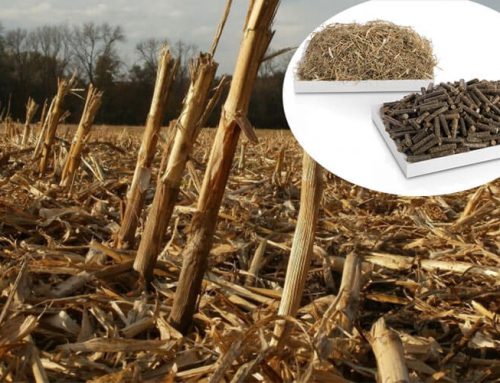
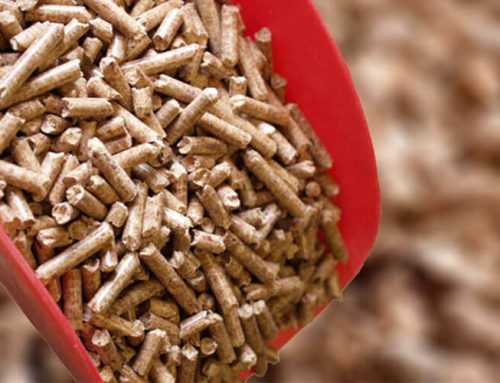
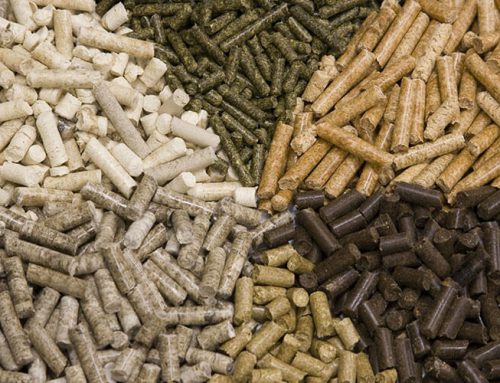
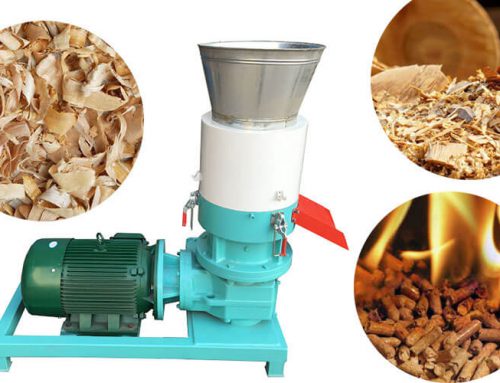
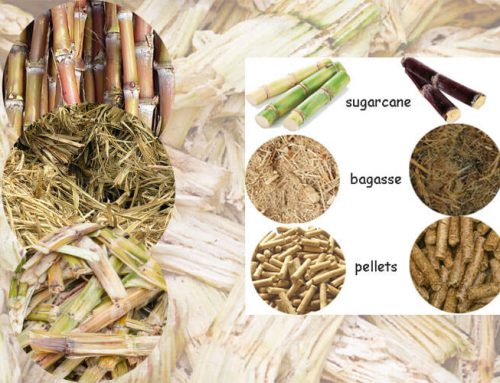
Leave A Comment